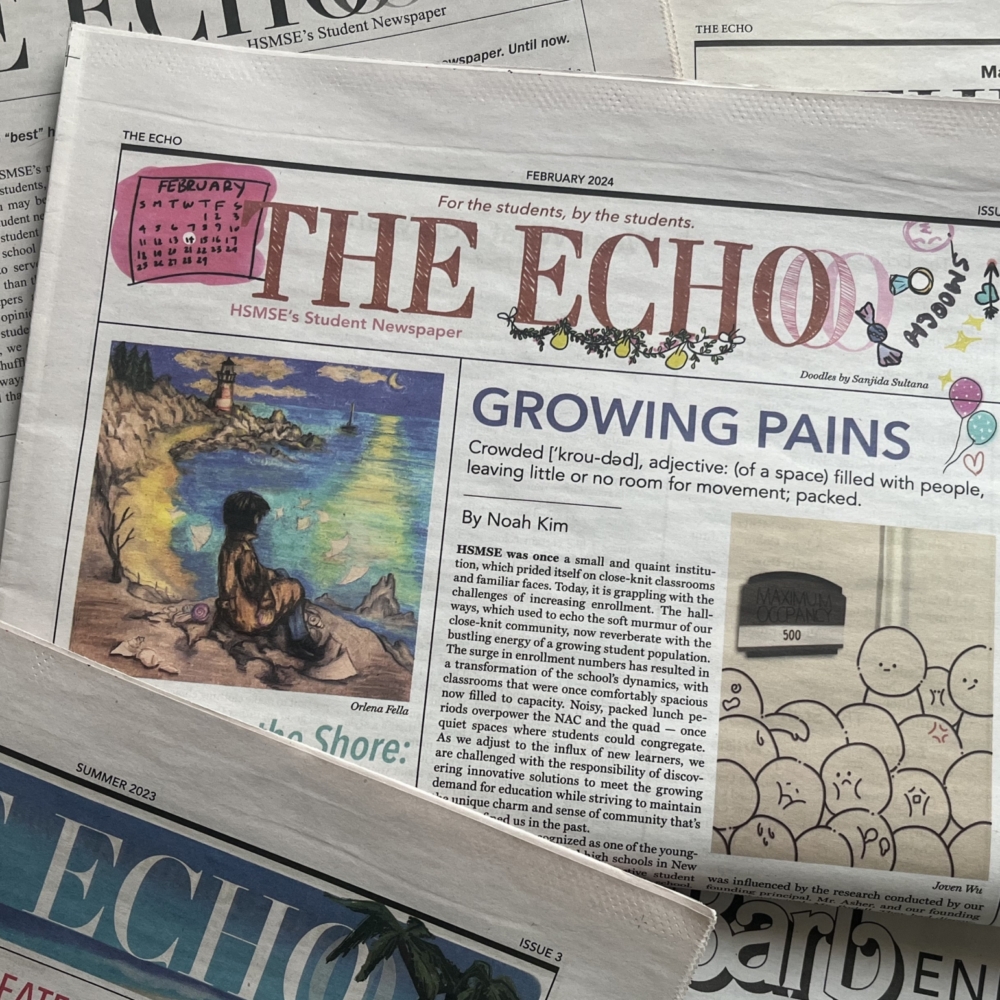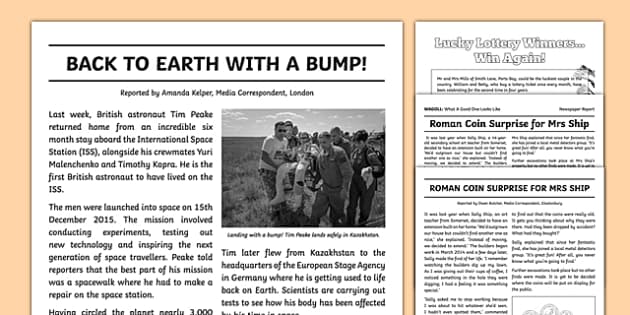What Does News Articles Mean?
What Does News Articles Mean?
Blog Article
Everything about News Articles
Table of ContentsFacts About News Articles RevealedAbout News ArticlesFascination About News ArticlesNews Articles Can Be Fun For AnyoneNews Articles Fundamentals Explained
Good expertise of various topics gives pupils an one-upmanship over their peers. Despite the fact that digital and social media are readily obtainable, we ought to not neglect just how essential it is to check out the newspapers. Parents have to try and instill the behavior of reviewing a newspaper as a daily regimen to continue the tradition of the revered print tool.Newspaper article likewise consist of at least among the following crucial characteristics family member to the intended target market: distance, prominence, timeliness, human passion, curiosity, or repercussion. The relevant term journalese is occasionally used, typically pejoratively, to refer to news-style writing. Another is headlinese. Newspapers typically follow an expository writing style.
Within these restrictions, information tales also intend to be thorough. Amongst the larger and more revered papers, fairness and equilibrium is a major element in presenting details.
Papers with a worldwide audience, as an example, often tend to utilize a more official design of writing. The specific selections made by an information outlet's editor or editorial board are typically collected in a design guide; usual design overviews include the and the United States News Style Book. The major goals of information writing can be summarized by the ABCs of journalism: accuracy, brevity, and clarity.
The Facts About News Articles Revealed
As a policy, reporters will not utilize a long word when a short one will certainly do. Information writers attempt to stay clear of using the same word more than when in a paragraph (often called an "echo" or "word mirror").
Headings in some cases leave out the topic (e.g., "Jumps From Watercraft, Catches in Wheel") or verb (e.g., "Feline woman lucky"). A subhead (additionally subhed, sub-headline, subheading, subtitle, deck or dek) can be either a secondary title under the main headline, or the heading of a subsection of the write-up. It is a heading that comes before the primary message, or a team of paragraphs of the main text.

Extra billboards of any of these kinds might appear later in the short article (particularly on succeeding pages) to entice more analysis. Such signboards are additionally used as pointers to the post in various other sections of the magazine or site, or as advertisements for the item in various other publication or sites. Regular framework with title, lead paragraph (recap in bold), other paragraphs (information) and call info.

Instance of a hard-lead paragraph NASA is suggesting another area job. The firm's budget plan demand, announced today, consisted of a strategy to send another objective to the Moon. This time around the company wants to develop a long-lasting facility as a jumping-off place for other room journeys. The spending plan demands why not try this out around $10 billion for the task.
The NASA news came as the agency asked for $10 billion of appropriations for the task. i thought about this An "off-lead" is the second most essential front web page news of the day. The off-lead shows up either in the top left edge, or directly below the lead on the. To "bury the lead" is to start the post with background info or details of additional importance to the viewers, requiring them to find out more deeply into a write-up than they must have to in order to discover the crucial points.
The Buzz on News Articles
Usual use is that a person or more sentences each create their own paragraph. Journalists usually describe the organization or structure of a newspaper article as an inverted pyramid. The essential and most interesting components of a story are placed at the start, with supporting info complying with in order of reducing importance.
It permits individuals official source to discover a subject to just the deepness that their inquisitiveness takes them, and without the charge of information or subtleties that they might think about irrelevant, but still making that info offered to extra interested viewers. The upside down pyramid structure also allows posts to be trimmed to any type of arbitrary size during layout, to fit in the room offered.
Some authors begin their stories with the "1-2-3 lead", yet there are lots of sort of lead available. This style invariably begins with a "5 Ws" opening up paragraph (as described over), adhered to by an indirect quote that serves to sustain a significant component of the first paragraph, and then a direct quote to support the indirect quote. [] A twist can describe several points: The last tale in the information program; a "pleased" tale to finish the show.
Longer posts, such as magazine cover articles and the items that lead the inside areas of a paper, are understood as. Feature stories differ from straight news in several ways.
News Articles Fundamentals Explained
The journalist typically information communications with meeting topics, making the piece much more personal. A feature's very first paragraphs usually relate an intriguing minute or event, as in an "unscientific lead". From the details of a person or episode, its sight rapidly broadens to generalities about the tale's topic. The section that indicates what a function has to do with is called the or signboard.

The Editor's Toolbox: A Referral Overview for Beginners and Professionals (2001) Allan M. Siegal and William G. Connolly. The New York Times Manual of Style and Usage: The Official Style Guide Used by the Writers and Editors of the World's A lot of Reliable Paper (2002) M. L. Stein, Susan Paterno, and R.
Report this page